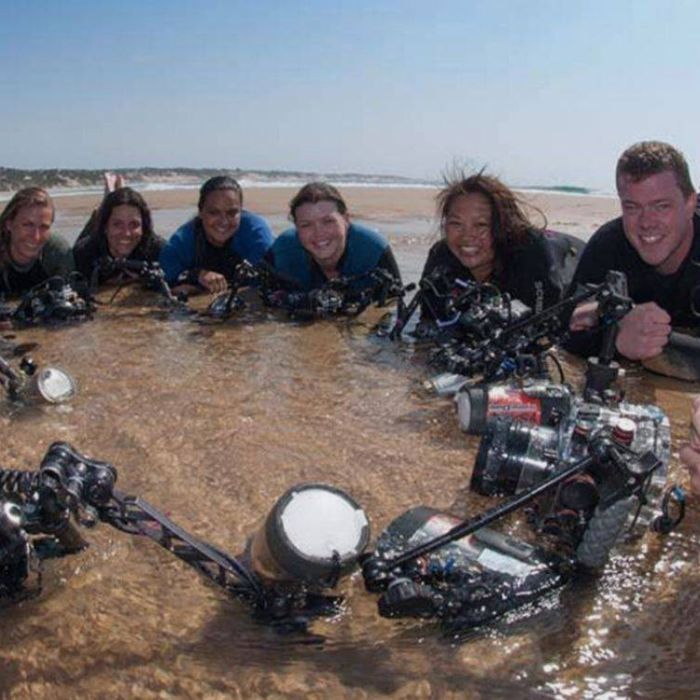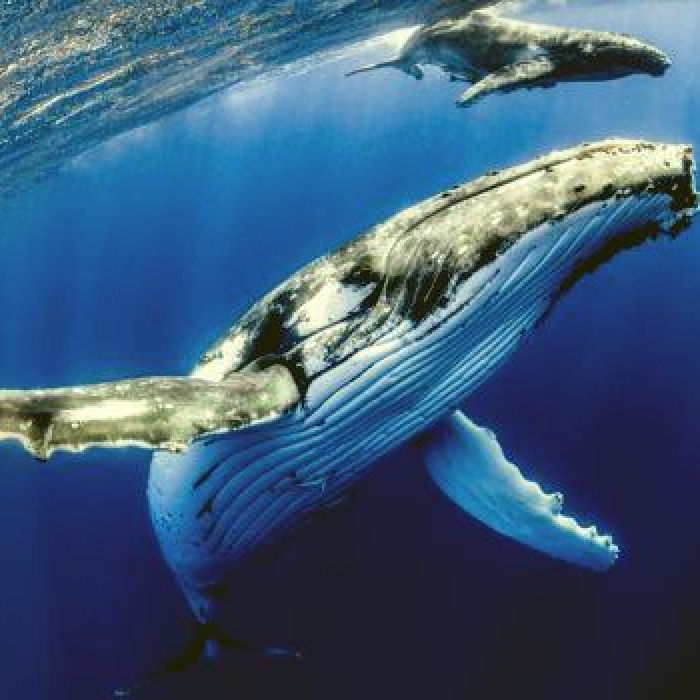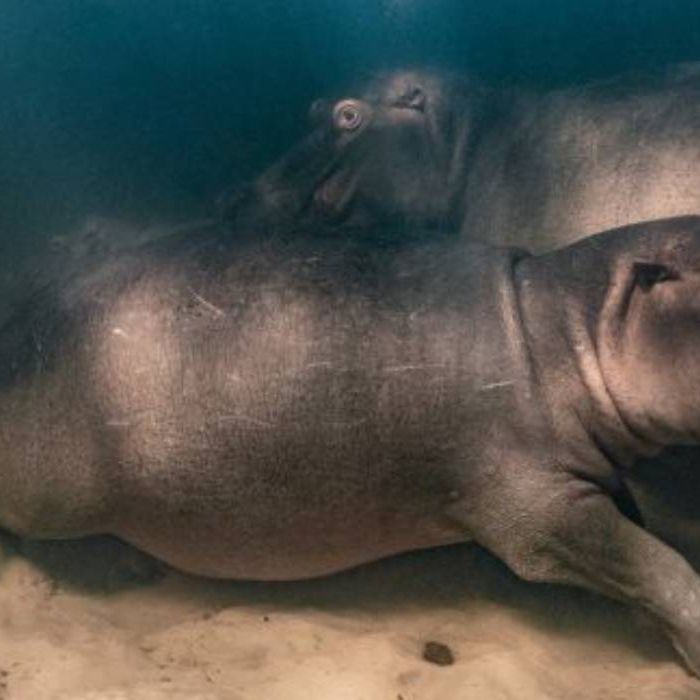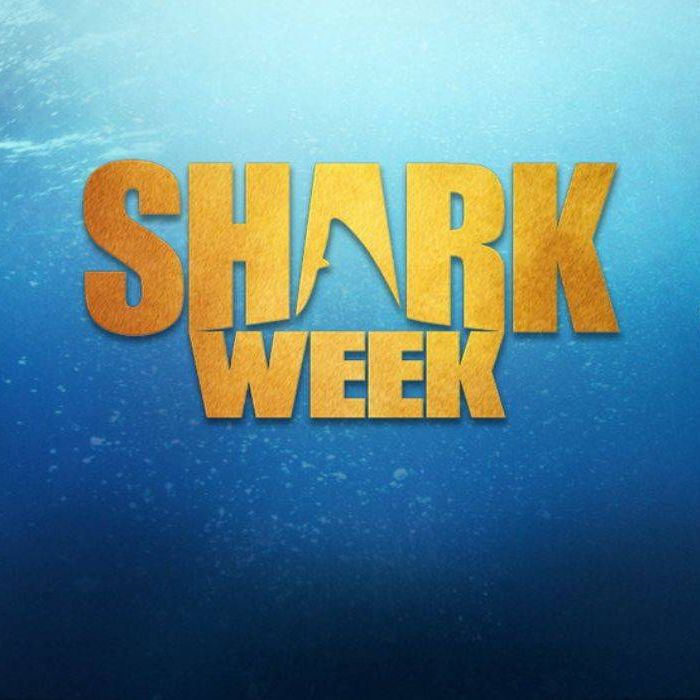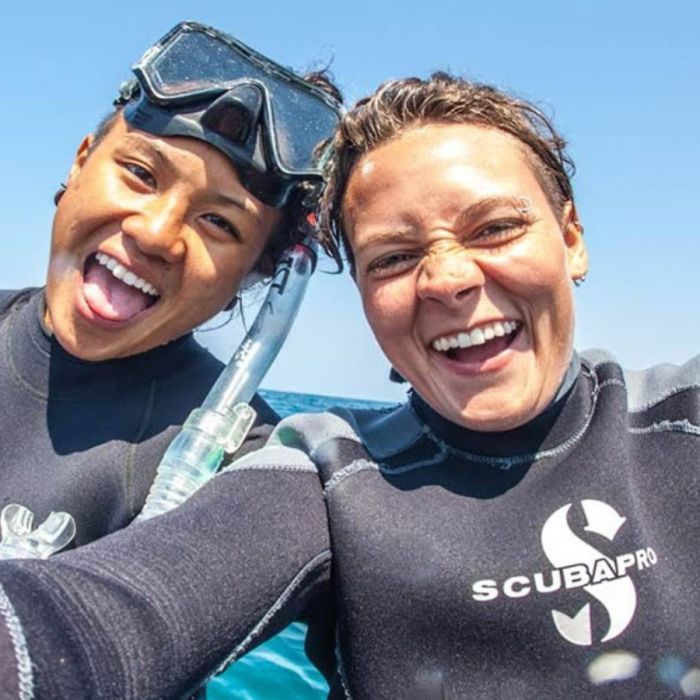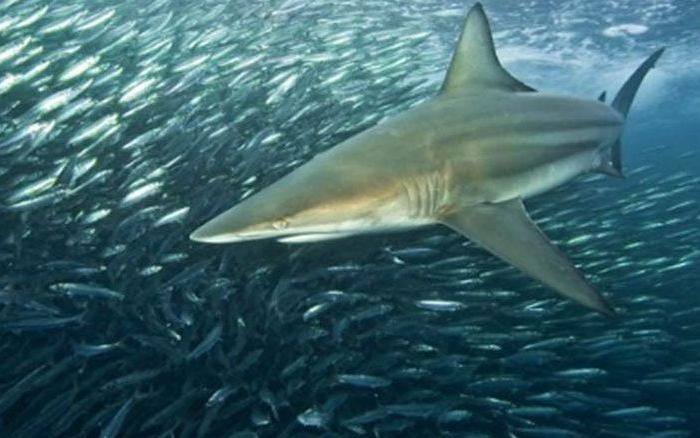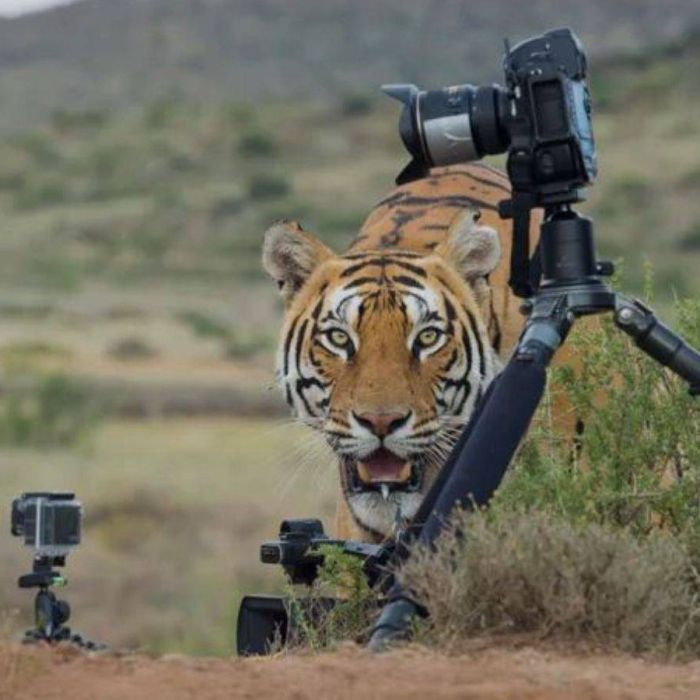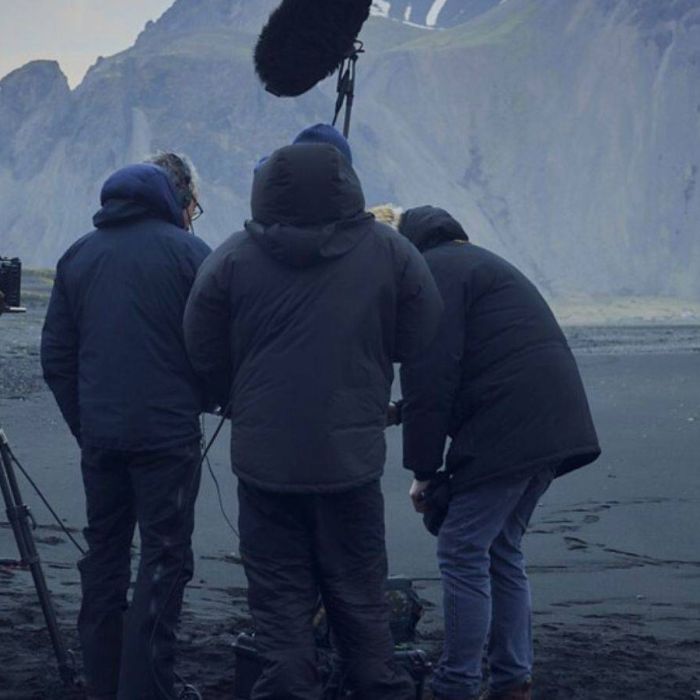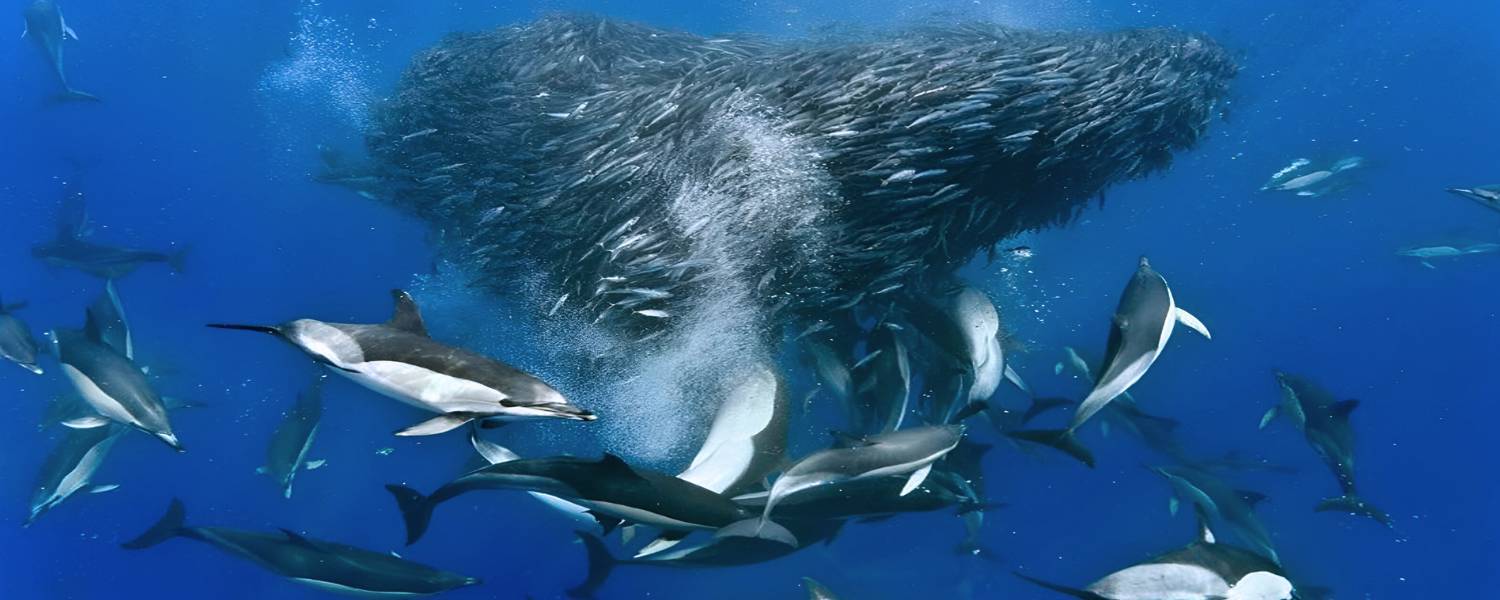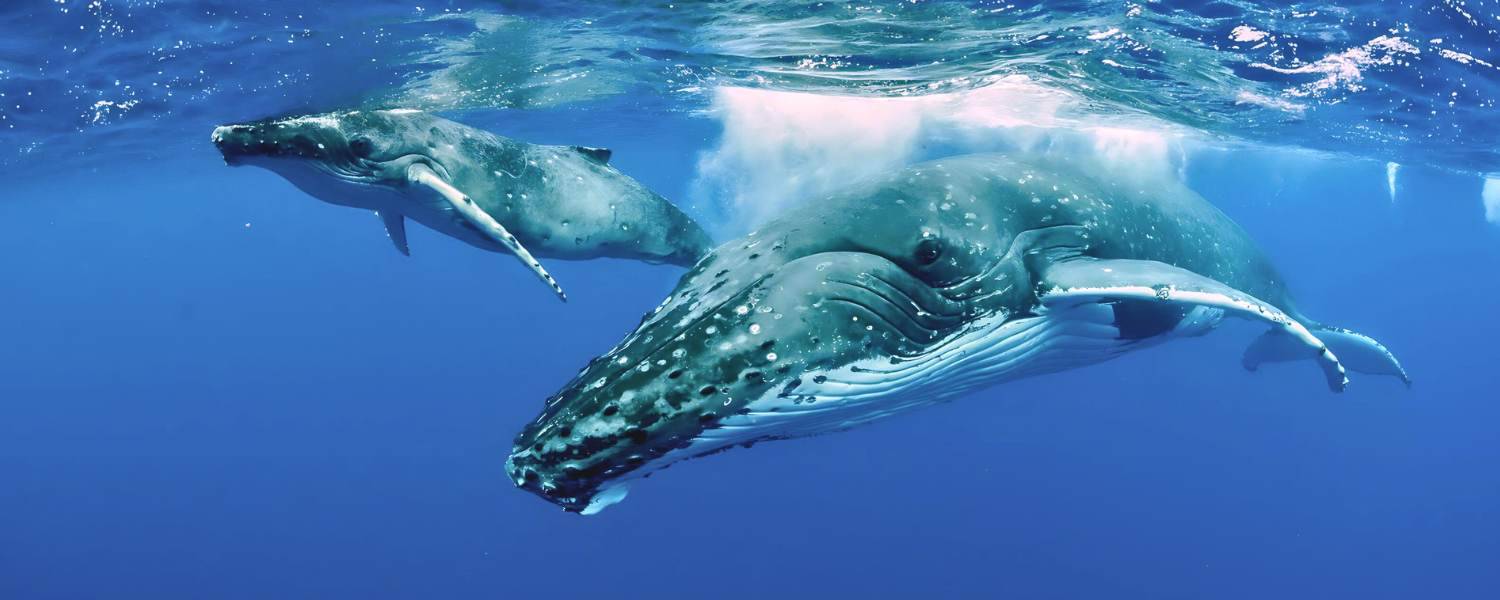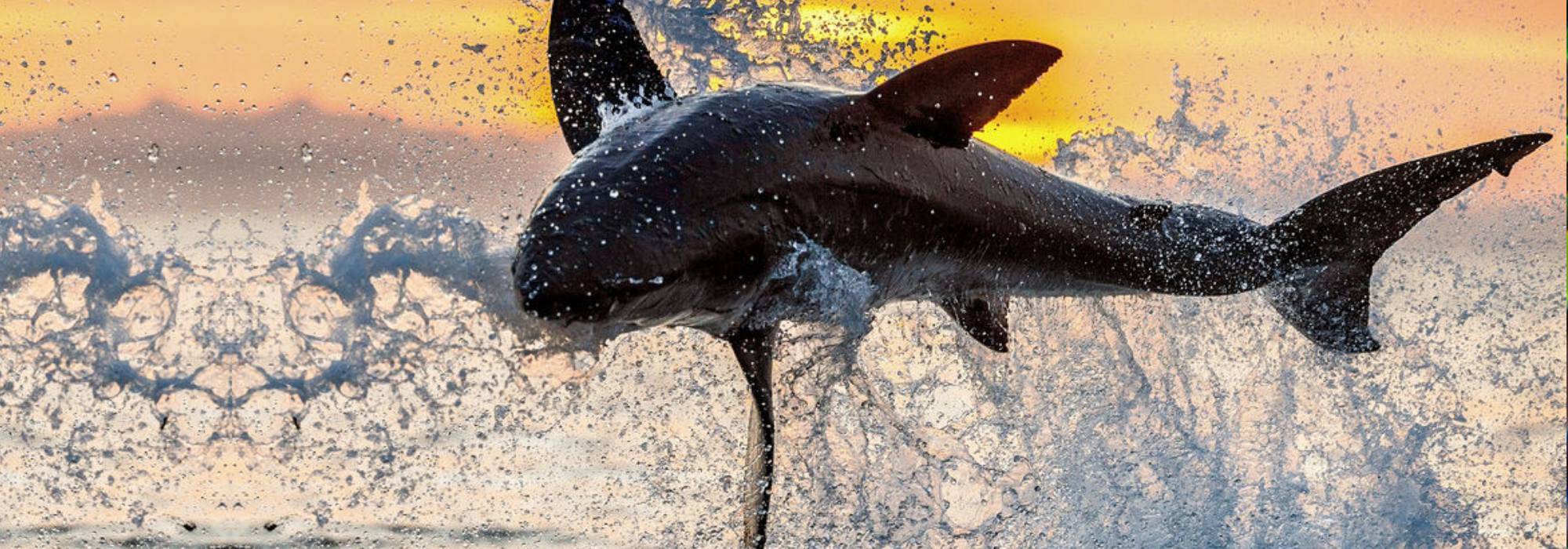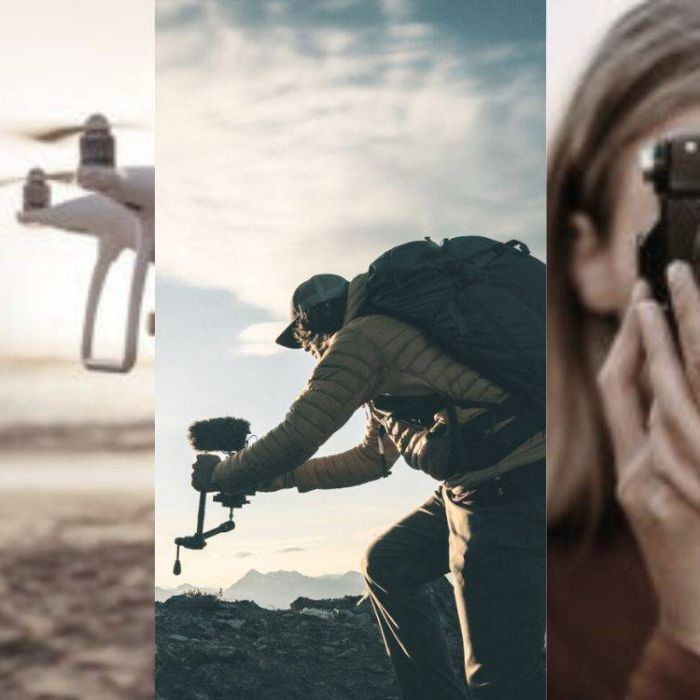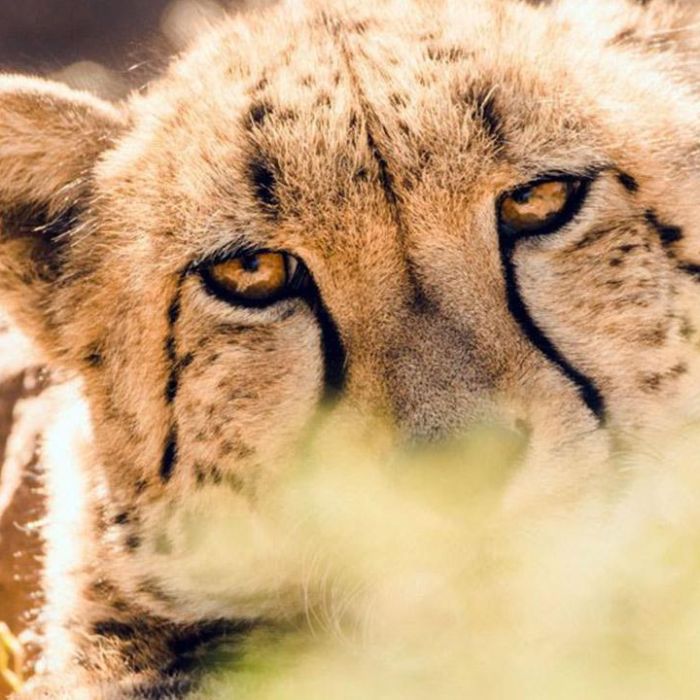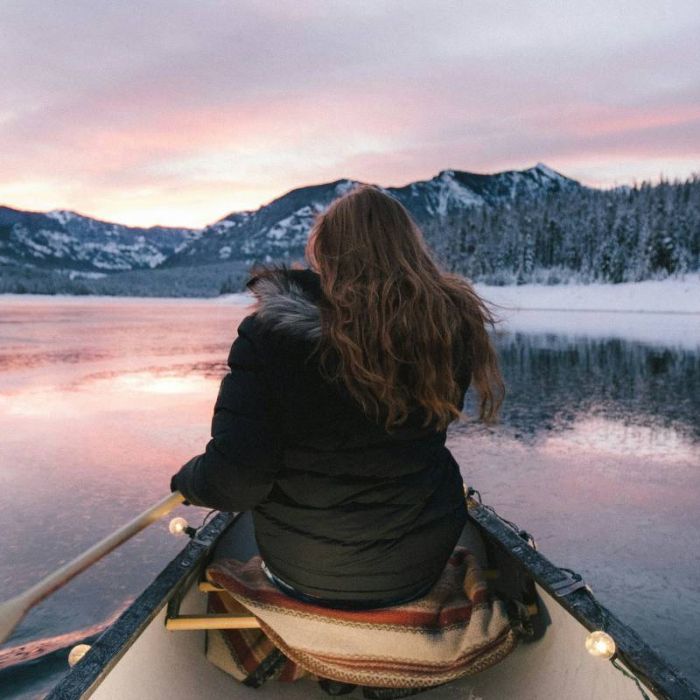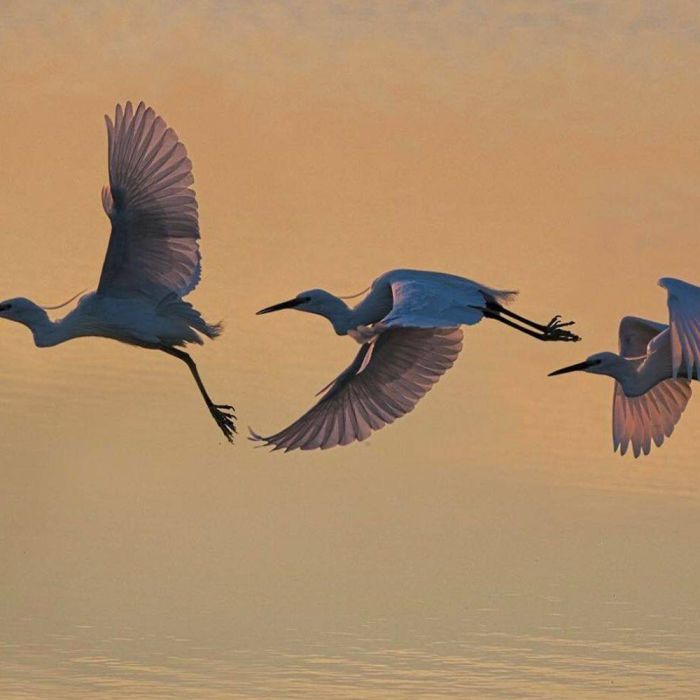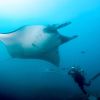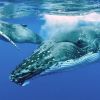Partner content
Advertise hereLocation
.
New Zealand boasts of diverse marine life, including a wide variety of sharks. The first and most critical logistics issue to consider when filming sharks in New Zealand is the location. The choice of location will determine the type of sharks that will be available for filming, the weather and sea conditions, and your proximity to a shark cage.
.
New Zealand offers varied locations regarding shark species, underwater terrain, and water temperature. The nearby Great Barrier Reef is one of the most popular locations to film sharks and can easily be accessed from New Zealand. Other spots include Kaikoura, Chatham Islands and Stewart Island, which receive large populations of great white sharks. In recent years New Zealand has experienced an increase in shark sightings in other areas where they weren’t previously spotted. There are several possible reasons for this.
.
Firstly, a rise in water temperature due to global warming has increased the population of certain species of fish, attracting sharks that feed on them. This phenomenon has also been observed in other parts of the world and has resulted in an increase in shark populations around the globe.
.
.
Thirdly, human activity can also cause an increased number of sharks. The development of coastal communities, an increase in water sports, and a rise in beach tourism mean there is more traffic in the areas where sharks are known to reside, which results in more opportunities for shark-human interactions.
.
Fourthly, New Zealand is home to numerous marine reserves, which have been created to protect the country’s coastal waters and the marine life therein. However, creating these reserves has resulted in a concentration of fish populations in these areas, creating a hotspot for sharks to feed.
.
Finally, it is also possible that the increase in shark sightings is related to changes in reporting and monitoring procedures. With the advent of social media and an increasing number of beachgoers with smartphones, shark sightings are more likely to be reported publicly. In the past, sightings may have gone unreported.
.
Australia is one of the top destinations for shark filming, so it’s natural that New Zealand, which is relatively close to Australia, offers similar opportunities. With a direct flight time of just three hours from Sydney or Melbourne, New Zealand has easy access to Australia’s Great Barrier Reef and other prime shark filming locations.
.
4. Stringent Shark Conservation Regulations
.
New Zealand’s Department of Conservation has implemented strict shark conservation measures to protect the country’s shark population. These measures include banning shark finning (cutting off a shark’s fin and throwing the rest of the animal back into the sea) and a minimum size limit for sharks that can be caught. When filming sharks in New Zealand, these regulations must be observed.
Partner content
Advertise here5. Tourism Boost
.
Filming sharks in New Zealand has led to increased tourism, particularly in the country’s South Island, where sharks can be seen in their natural habitats near shore. This has led to a growing public interest in sharks and their conservation, furthering the cause of marine conservation and education on a wide scale.
.
Filming sharks in New Zealand requires proper permits and permissions to ensure that production is conducted safely and legally. In this article, we’ll talk about the permits required for filming sharks in New Zealand and the steps you should take to ensure your production is conducted correctly.
.
The first permit required when filming sharks in New Zealand is from the Department of Conservation (DOC). The DOC is responsible for managing and protecting New Zealand’s wildlife and natural resources, and it requires that all film productions involving wildlife, including sharks, apply for a permit. The DOC will evaluate your production proposal and ensure it does not negatively impact the environment or the filmed animals. The DOC has several requirements that must be met to obtain the permit, including providing detailed information about the filming location, the species of sharks being filmed, and the methods that will be used to film them.
.
In addition to the DOC permit, you may also need to obtain permits from other government agencies depending on the nature of your production. For example, if you plan to film from a boat, you must obtain a commercial marine operator’s license from Maritime New Zealand. This license ensures you operate the boat safely and comply with all maritime regulations. If you plan to use drones to film the sharks, you must obtain a Civil Aviation Authority (CAA) permit. The CAA regulates drone use in New Zealand airspace and requires that all drone operators obtain an approved permit before flying.
.
Another critical consideration when filming sharks in New Zealand is the welfare and safety of the animals being filmed. The use of chum or bait to attract sharks, for example, is heavily regulated in New Zealand and may require specific permits or approvals from the DOC. The DOC has stringent guidelines on using bait to ensure the food does not negatively impact the shark’s behaviour or welfare. You may also need to obtain a permit from the Ministry for Primary Industries (MPI) if you plan to conduct scientific research on the sharks, including taking tissue or blood samples for analysis.
.
Finally, it’s important to note that some areas of New Zealand may be off-limits for filming sharks, especially those protected under the Marine Mammals Protection Act (MMPA) or other biodiversity conservation laws. The MMPA, for example, protects such species as Hector’s and Maui dolphins, and any film production that could harm or disrupt these animals will not be permitted. Similarly, some protected marine reserves may have restrictions on the amount of human activity in the area, which could limit the type or duration of filming that can take place.
.
In conclusion, the logistics of filming sharks in New Zealand can be a challenging but rewarding experience, but it requires careful planning and adherence to legal requirements. Obtaining the necessary permits and approvals from government agencies like the DOC, MPI, CAA, and Maritime New Zealand is critical to ensuring that your production is conducted safely and without a negative impact on the environment or animals being filmed. By taking the time to research and obtain the required permits and permissions, you can create a memorable production that showcases the incredible beauty and diversity of New Zealand’s shark population.





